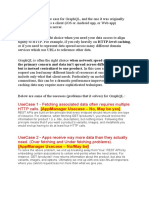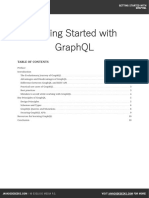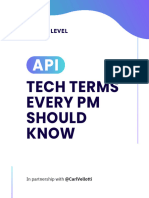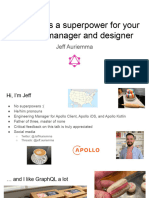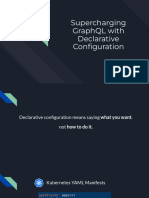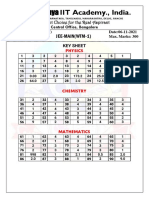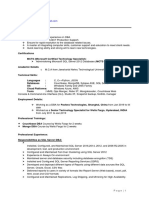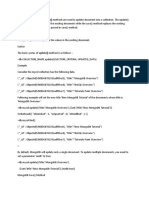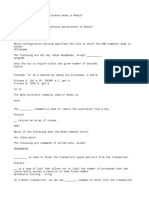0% found this document useful (0 votes)
40 views36 pagesFSD Answers
The document provides a comprehensive overview of REST API and GraphQL, highlighting their differences in architecture, data fetching efficiency, and developer experience. It explains the advantages of GraphQL's introspection and schema documentation tools, as well as the integration of List and Create APIs in applications. Additionally, it covers MongoDB's data structure, aggregation pipeline, and the comparison between using the native Node.js driver and Mongoose for database operations.
Uploaded by
Kumkum KumbarahalliCopyright
© © All Rights Reserved
We take content rights seriously. If you suspect this is your content, claim it here.
Available Formats
Download as PDF, TXT or read online on Scribd
0% found this document useful (0 votes)
40 views36 pagesFSD Answers
The document provides a comprehensive overview of REST API and GraphQL, highlighting their differences in architecture, data fetching efficiency, and developer experience. It explains the advantages of GraphQL's introspection and schema documentation tools, as well as the integration of List and Create APIs in applications. Additionally, it covers MongoDB's data structure, aggregation pipeline, and the comparison between using the native Node.js driver and Mongoose for database operations.
Uploaded by
Kumkum KumbarahalliCopyright
© © All Rights Reserved
We take content rights seriously. If you suspect this is your content, claim it here.
Available Formats
Download as PDF, TXT or read online on Scribd
/ 36






